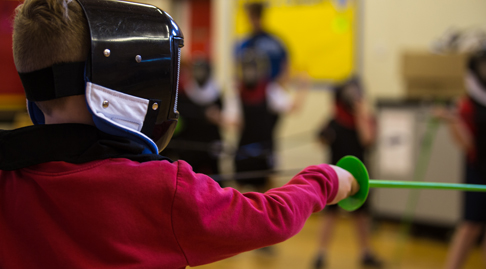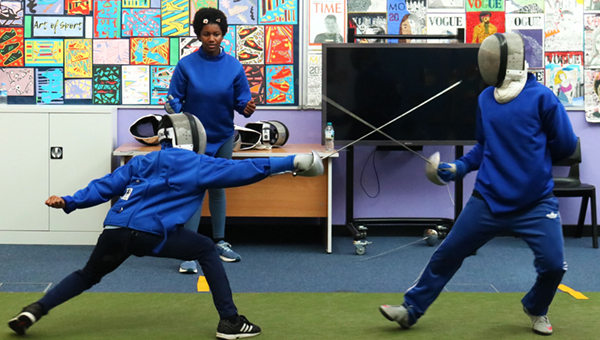Originally devised at Stoke Mandeville Hospital in the UK, the sport then known as competitive wheelchair fencing was first introduced in 1953 and has been a Paralympic sport since Rome in 1960. Popular in Europe since its inception, the sport is now practised in 73 countries worldwide.
Para fencing is static: the fencers are clamped to the piste using a metal frame. Beyond this, the sport is largely similar to its standing counterpart.
Eligibility
In order to compete in fencing at the Paralympic Games, athletes must compete while sitting in a wheelchair. If you have an impairment to your lower limbs, or an impairment to balance, and are unable to fence on an equal footing with standing athletes, you may be eligible to compete in para fencing.
Classification
Classification is reviewed on regular basis. There are three classes:
- Class A incorporates those athletes with good balance and recovery and full trunk movement
- Class B those with poor balance and recovery but full use of one or both upper limbs
- Class C athletes with a physical impairment in all four limbs
- Class D athletes with a visual impairment
Rules
The International Wheelchair and Amputee Sports Federation (IWAS) uses the rules of the Federation Internationale D’escrime (FIE) for para fencing. IWAS additions to the FIE rule book include regulations regarding the use and position of the wheelchair and the fencer’s clothing and equipment. Generally speaking, areas below the waist and the wheelchair are not valid target areas.
















